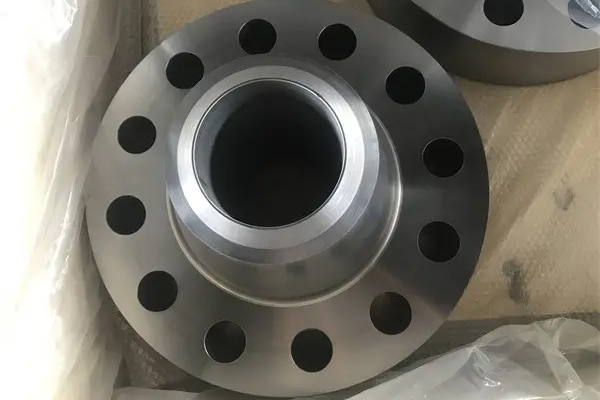Usually stainless steel material is the main flange material, it is the most concerned place is the quality of the problem. This is also the most important topic in the quality of stainless steel flange manufacturers. So how to clean the residual stains on the flange correctly and quickly?
The most commonly used flange is 304 stainless steel. Flanges made of this material will be corroded at 20℃ and in 10% nitric acid at a rate of less than 0.1 mm per year; In 10% boiling acetic acid, the corrosion rate is less than 0.1 mm per year; Corrosion rate of less than 0.1 mm per year in 50% citric acid; 20% of potassium hydroxide is corroded at a rate of less than 0.1 mm per year. At 60℃, the corrosion rate of 80% phosphoric acid is still less than 0.1 mm per year. But at 50℃, the corrosion rate of 2% sulfuric acid is 0.016 mm per year. Therefore, the stainless steel tube lined by cold rolled stainless steel strip welded with stainless steel welded pipe fittings and Yixing stainless steel flange can be used to transport weak acid or weak alkaline chemical fluids. Stainless steel flanges are often made in the field of dust, which will constantly fall on the surface of the equipment. These can be removed with water or alkaline solutions. But for the adhesion of dirt need to use high pressure water or steam to clean. Then there is the issue of iron float powder or embedded iron. On any surface, free iron will rust and corrode stainless steel flanges. So it has to be cleared. Float powder can generally be removed along with the dust. Strong adhesion and must be treated with embedded iron.
The above is the cleaning method of the residual stains on the stainless steel flange, stainless steel is fragile, but also need to be well cleaned and maintained.
Post time: Nov-24-2022

